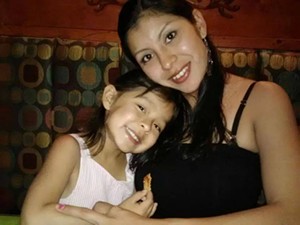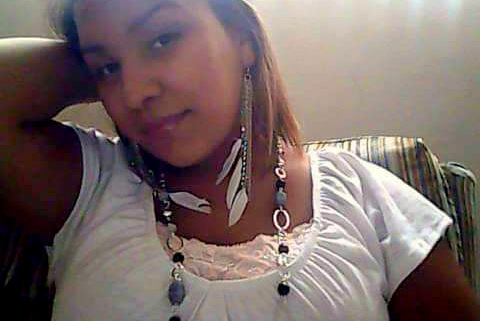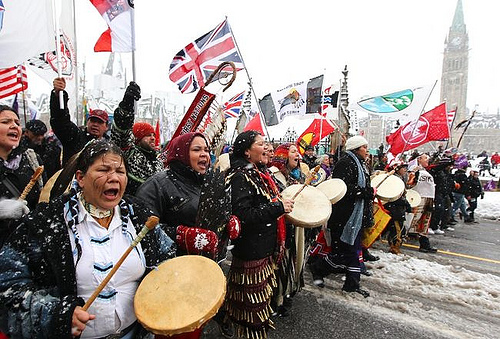
Loreal Tsingine leaves behind a nine-year-old daughter
On March 27, 27-year-old Loreal Juana Barnell-Tsingine, a petite Navajo woman, was shot five times by a police officer in Winslow, Arizona. Loreal Tsingine is the fourth Native American woman to be killed by police this year. In January, in Washington State, Jacqueline Salyers was killed under disputed circumstances. In February, in Alaska, police shot and killed Patricia Kruger. In the same month, in Arizona, Sherrisa Homer was killed by police. Last year, police did not kill any Native American women. This year, it’s fast becoming the new normal. Of 277 people killed this year by police, 6 are Native Americans. That means Native Americans, at 1.57 deaths per million, top the charts on police killings. Again, of those six, four were women.
The killing of Loreal Tsingine took place in broad daylight. Police heard that a “Native woman” was shoplifting at a convenience store. According to police, Loreal Tsingine “fit the description.” They say they tried to arrest her, she resisted, she showed them a pair of scissors, and so a police officer fired at least five shots into her body. She fell to the street. A passerby rushed up to offer help: “I told the officer, `I know CPR, I can help her,’ but he told me step back, sir, and he pushed me.” According to local Navajo leaders, Loreal Tsingine died there and then, and was left on the sidewalk for hours.
Locally and nationally, Native American communities and their supporters are organizing under the banner #JusticeforLoreal and, once again, #NativeWomenMatter. On Saturday, Loreal Tsingine’s family joined with The Red Nation to hold a vigil. Navajo Nation President Russell Begaye said, “We as a nation demand justice.” Loreal Tsingine’s family said, “She was loved by so many. There are no words to describe the pain in our hearts.” And Red Nation organizer Melanie Yazzie explained, “She was executed in broad daylight. This officer did this because he knew he could do it with impunity.”
Part of the impunity is the widespread national silence. Have you heard of Loreal Tsingine’s death? Did you know that this year has already exceeded last year in police killings of Native women, and it’s only April? How many Native women have to lie dead, for hours, on the streets before their lives and deaths become newsworthy?
As Navajo Nation President Russell Begaye explained, “We hear about these types of shootings happening across the country.” Do we? #JusticeforLoreal
(Photo Credit 1: 12news)



